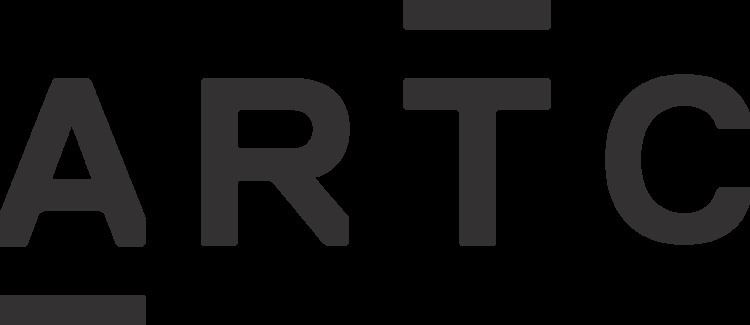Total assets A$3.61 billion Number of employees 1 | Key people John Fullerton (CEO) Website www.artc.com.au Founded 1 July 1998 Parent organization Government of Australia | |
 | ||
CEO John Fullerton (1 Feb 2011–) Revenue 828.6 million AUD (2014–2015) Net income 134.6 million AUD (2014–2015) | ||
Telstra true story australian rail track corporation
The Australian Rail Track Corporation (ARTC) is a Government of Australia owned statutory corporation, established in July 1998, that manages most of Australia's interstate rail network.
Contents
- Telstra true story australian rail track corporation
- Australian rail track corporation
- History
- Victoria
- Western Australia
- New South Wales
- Queensland
- Responsibilities
- Owned corridors
- Leased corridors
- References
Australian rail track corporation
History
In November 1996, the federal government announced a major rail reform package that included the sale of government-owned train operators Australian National and National Rail, and the establishment of the Australian Rail Track Corporation to manage the sections of the interstate rail network which had been controlled by the two former organisations.
The ARTC was incorporated in February 1998, with operations starting in July 1998 when the lines managed by Australian National's Track Australia were transferred to it. These were the lines from Kalgoorlie to Port Augusta, Tarcoola to Alice Springs, Port Augusta to Whyalla, Adelaide to Broken Hill and Adelaide to Serviceton, and the Outer Harbor line in Adelaide.
In 2000, the Tarcoola to Alice Springs line was leased to the Asia Pacific Transport Consortium as part of the project to extend the line to Darwin.
Victoria
In 1999, ARTC signed a five-year deal with VicTrack, the rail manager for the Victorian government, to lease the standard gauge track which runs from Albury to Serviceton via Melbourne. This was later extended for another 10 years, and in May 2008 for another 45 years.
As part of the lease extension, the run-down and underutilised broad-gauge line from Seymour to Albury, that paralleled the Melbourne to Sydney line, was leased to ARTC and converted to standard gauge. Included was construction of the five-kilometre Wodonga Rail Bypass which eliminated 11 level crossings in that city.
In July 2008 it was announced the standard gauge track from Maroona to Portland would be leased to ARTC for 50 years, with $15 million to be invested in the line. The line was handed over in March 2009.
Western Australia
In 2001, ARTC was granted rights for 15 years to sell access between Kalgoorlie and Kwinana, Perth, to interstate rail operators under a wholesale access agreement with the West Australian track-owner Brookfield Rail.
New South Wales
In September 2004, the Government of New South Wales-owned Rail Infrastructure Corporation leased its interstate and Hunter Valley lines to ARTC for 60 years. The lines covered by the lease are:
As part of this agreement ARTC agreed to the following investment programmes:
The then NSW Rail Infrastructure Corporation also contracted operational responsibility of the remainder of its country branch lines to ARTC from September 2004. From January 2012 this was transferred to the John Holland Group.
In July 2011, responsibility for the Werris Creek to North Star line was transferred from the Country Rail Infrastructure Authority.
In August 2012, the Government of New South Wales owned RailCorp leased its Sydney Metropolitan Freight Network line from Port Botany to Sefton to ARTC for 50 years.
Queensland
In January 2010, the Government of Queensland leased its standard gauge line from Border Loop on the New South Wales border to Acacia Ridge, Brisbane to ARTC for 60 years.
In February 2014, the Australian Government and Queensland Government agreed to investigate further incorporating Queensland into the national rail network. This ultimately did not proceed.
Responsibilities
ARTC does not operate any trains, but provides and maintains the infrastructure for train operators to run on. The tracks controlled by ARTC are located in five states, and were previously run by six separate state railways in an uncoordinated fashion that gave an advantage to road transport. By combining the infrastructure under one corporation it was expected that a more integrated and coordinated one-stop-shop would be created. It provides its own reporting numbers to trains that operate on its network.
ARTC does not control any of the narrow gauge track in Queensland or South Australia, nor broad gauge track in Victoria. However it does control the Albion to Jacana freight line which has been partially converted to dual gauge for use as a passing lane, but is considered a main line on the broad gauge network.
